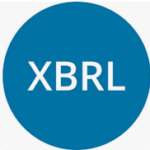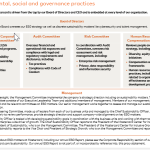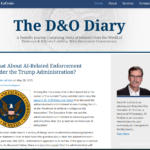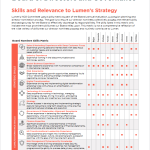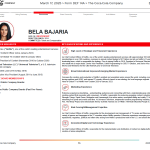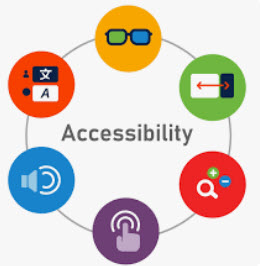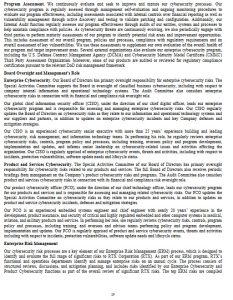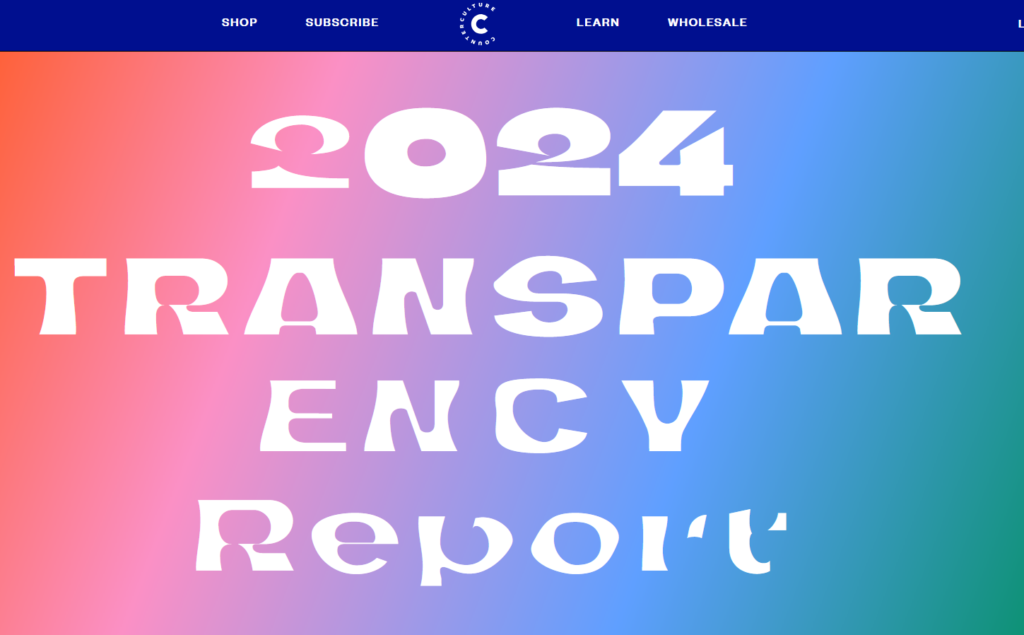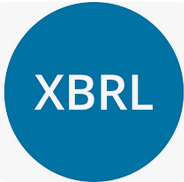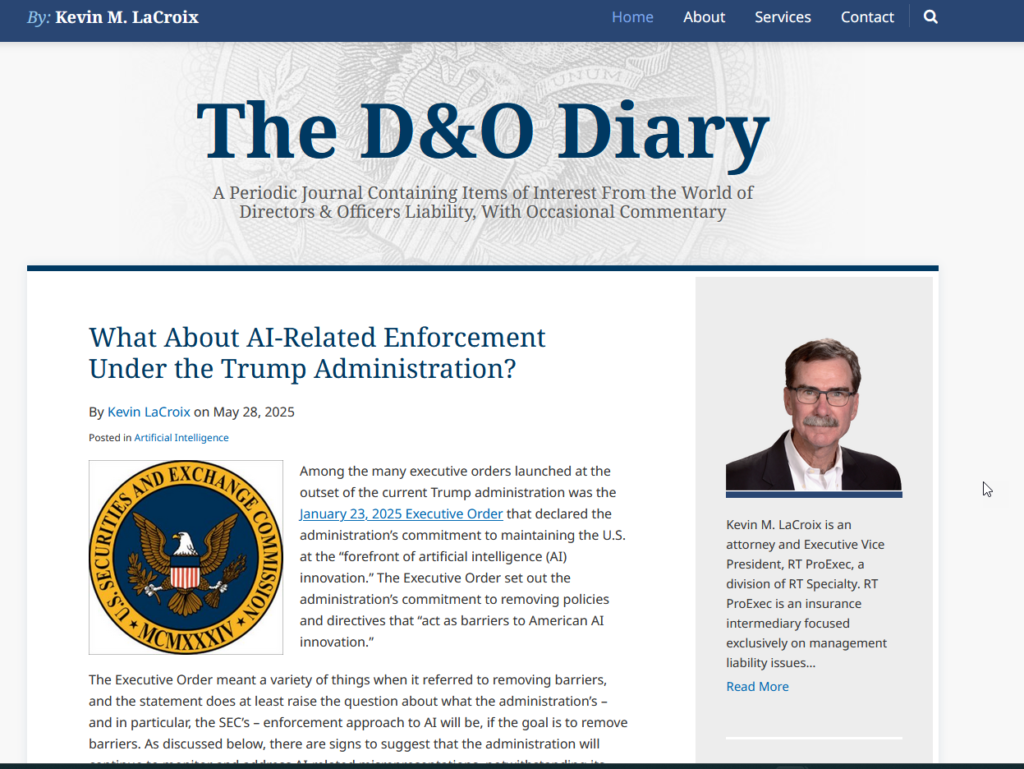The business case for transparency is actually quite simple. It’s about trust.
It seems like a no-brainer that you would want to build trust with your shareholders. Your employees, customers and suppliers. Your communities. All your stakeholders. You gain their confidence that you know what you’re doing. Your reputation grows. You earn the benefit of the doubt.
It’s long been said that trust and relationships – much more than money – are the currency of business. Reputation matters. There are all sorts of studies out there about why your company should invest in trust building (one day, I’ll run a blog with a laundry list of the studies). Research shows that business partners who trust one another spend less time protecting themselves and more time working on things that will make their businesses successful. And on and on.
So how does transparency build trust?
By definition, disclosure is a trust exercise. What a company decides to disclose either instills trust – or not, if not done properly. And it’s not just trust from shareholders that disclosure can garner. It’s trust from employees, prospective employees, customers and potential customers, suppliers. Regulators. Partners. Prospective acquirors and targets.
And yes, even your own board of directors and senior managers. As the primary draftsperson, if you’re not drafting disclosure in a way that reflects how they see the company’s business, operations and culture, they’re going to lose their trust in you. Yes, you’ve got a personal stake in this. They want to trust what you’re drafting. You need to honor that desire and draft disclosure that accurately reflects reality. More to come on all this…



